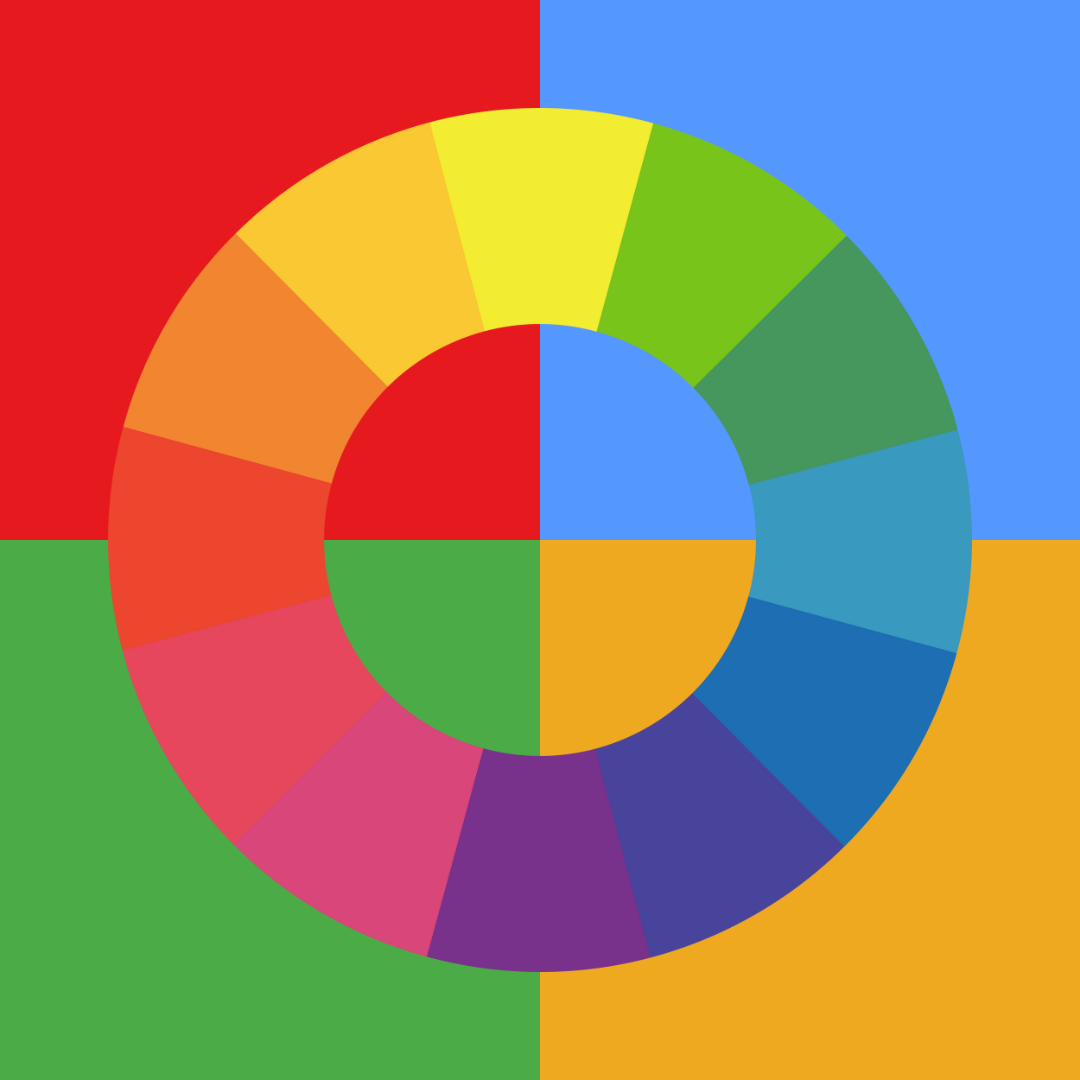
A blanket of yellow and orange leaves covers the ground, the grass has brown hints and the darkness of an early night indicates that autumn is here. Color is a form of communication. It is recognized and associated with time, seasons, objects and emotions.
It is a form of communication prominently used on the screen. This strategy has been coined “color theory.” Various colors can evoke specific emotional and psychological responses within an audience.
Directors and cinematographers use color theory to tell their story. Analyzing the use of color theory helps address the mood, tone, feeling or theme woven into the plot and characters, drawing attention to the visual details of the landscape as well as illustrating prominent progressions within the narrative. Like characters, colors have relationships with a motif, an emotion or the audience.
One color can uphold various types of relationships, depending on the calling of the story. Let’s analyze the color wheel. Red, on one hand, can represent love, but on the other, it can represent anger or violence.
There are two possible connotations depending on the situation, but right in the middle of the two is passion, another feeling that the color red represents. So, perhaps it depends on the film, but red is the most vibrant of all, manipulating the most passionate feelings humans feel. Pink is connected with sweetness, romance, femininity and utmost positivity.
Nevertheless, the color has been shown to evoke agitation with overexposure or negative association, and cinematographers can use this to their advantage when portraying a specific plot point. Take Professor Umbridge from the “Harry Potter” series, for example. Pink was not used in association with sweetness but rather the opposite.
Orange is associated with warmth, humor and a vibrancy like red, with the happiness of yellow. It is a literal mix of the two colors, often representing balance. Yellow immediately symbolizes sunshine, joy, optimism and knowledge.
However, it also depicts deceit, betrayal, cowardice and madness. Green is heavily focused on its association with nature. It displays good fortune and generosity.
However, it can also summon feelings of uneasiness. Blue constitutes harmony, peace, calmness and unity, but can also be equivalent to sadness, coldness, depression or complete disorientation. One can get lost in a deep blue.
Purple explores the fantastical elements of visual art. It relates to magic, mystique, royalty and mystery. It is bold and powerful, as it is not a color frequently seen in nature.
Color theory also focuses on how these relationships are portrayed. For example, cinematographers may experiment with monochromaticity to develop one relationship. Wes Anderson’s “The Grand Budapest Hotel” is covered in pinks, associated with softness and delicacy — feelings developed throughout the film.
In other cases, there are various color relationships to be portrayed, so the film focuses on how multiple colors experiment with association. M. Night Shyamalan’s “The Sixth Sense” uses various neutral colors throughout the film, but the presence of red in the most crucial moments is used to convey the method of association.
The audience associates the color with anticipation and curiosity, for perhaps something bad or terrifying will occur, and, in most cases, it does occur. Red, like the events portrayed in the film, is loud and significant. Furthermore, filmmakers develop the transitional method of color theory, in which the color scheme changes to parallel a character or emotional arc.
This is prominently recognized in the TV series “Breaking Bad.” The protagonist, Walter White, wears earthy, muted tones at the beginning of the show, but as time moves on, his wardrobe changes to feature darker and more intense colors to symbolize his shifting personality into a darker and more violent man. Lastly, the most intriguing usage of color theory is witnessed in Damien Chazelle’s gorgeous film “La La Land.
” Chazelle develops an organized mess of color. He uses possibly every color to ever exist. The colors shift with the mood of the scene, enhancing the emotional impact on the audience; for example, he uses bright and contrasting colors to coincide with the film’s musical and romantic narrative.
Blue is distinguished in the entirety of the film, following Mia and Sebastian as they navigate their relationship and Hollywood. It symbolizes creativity and control. However, in one of the most pivotal scenes in the movie, blue is shifted into a more disturbing tint.
Mia and Sebastian are fighting at the dinner table as the color green threatens their presence. This green represents uncertainty. Uncertainty about each of their futures, as well as their relationship.
This is the first scene in which the audience experiences the demise of a beautiful relationship. All you can see is green. It is the details of art that burden the beautiful themes.
It is important to recognize and appreciate all that art offers and understand how it makes one feel. We are entertained by the leaves changing colors and the sky getting darker. Color theory in film and television entertains the reaction of the mind.
Know it, appreciate it, analyze it and love the way film impacts our wildest passions..














